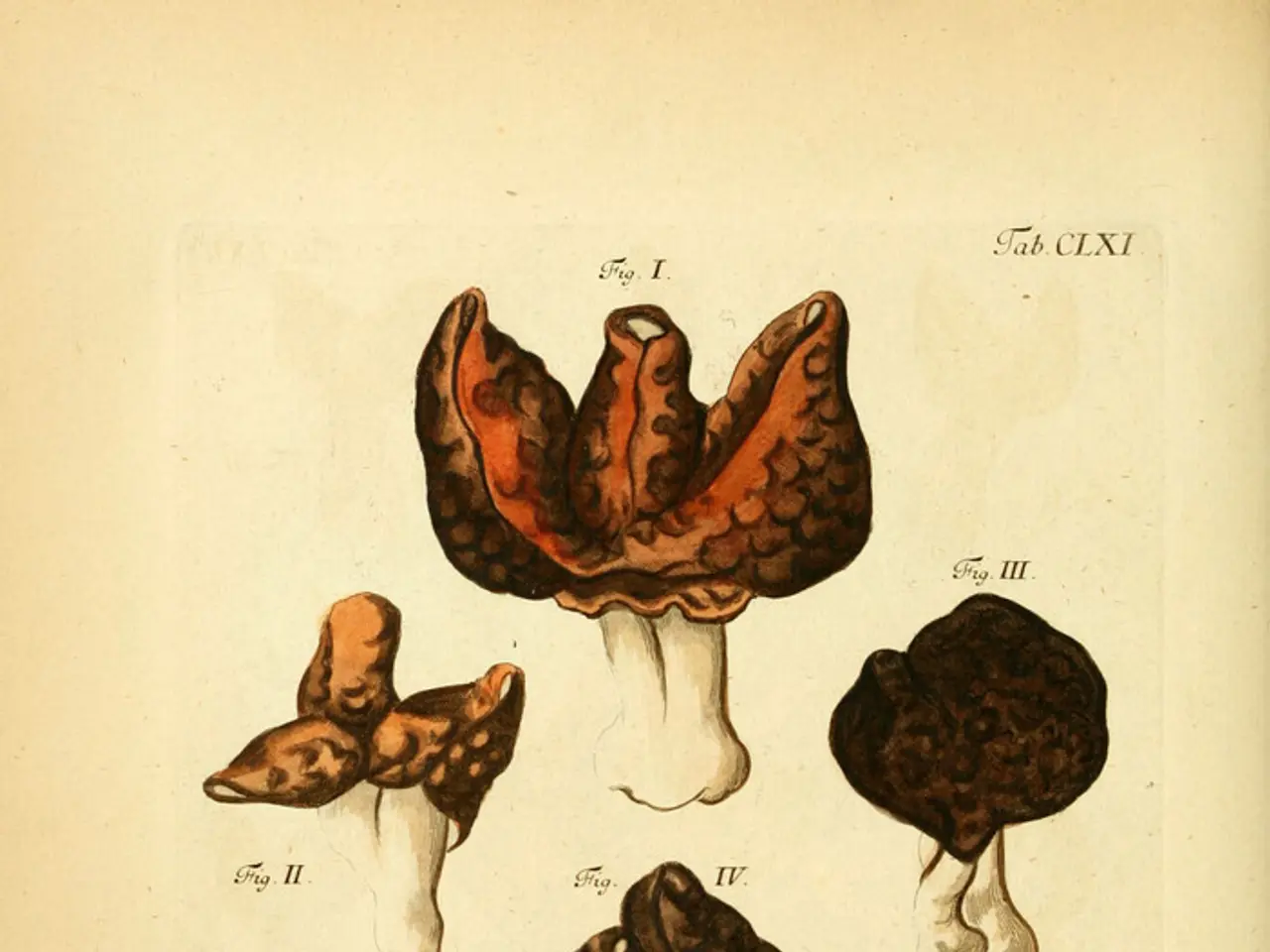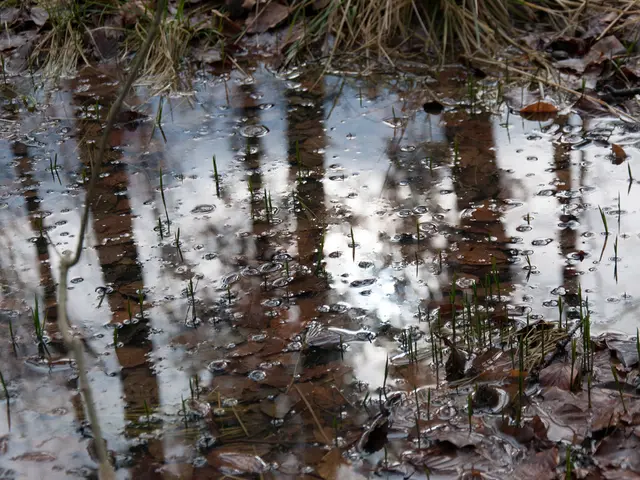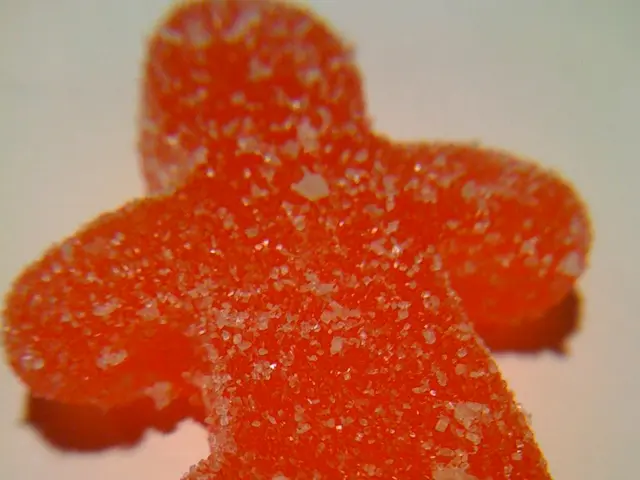Harvesting and Utilizing Chaga Fungus
In the cold, northern regions of the world, a unique and medicinal organism thrives - the Chaga mushroom. This tumor-like canker, often found on birch, beech, and horse chestnut trees, is a fascinating find for foragers and mycologists alike.
The Chaga mushroom is rich in antioxidants, beta-glucans, triterpenoids, and phenols, particularly melanin. One of its most intriguing components is its aromatic, fruity flavour, reminiscent of vanilla, cherry, raspberry, caramel, or vanilla.
This half-fungus, half-plant is most often foraged during the colder seasons, including winter, late autumn, and early spring. The lack of foliage during winter makes it easy to spot Chaga due to its dark contrast against the birch bark and snow. Winter harvesting is traditional in many parts of northern Europe and may also be beneficial for the tree host, as it is in dormancy and less likely to get an infection during the cold and dry weather.
Foraging for Chaga requires knowledge of how to properly find and identify it. It is hard, woody, and well attached to the tree, requiring a knife, hand saw, or small axe for harvesting. After harvesting, it should be kept in a dry and cool environment, ideally dried in the sun or in a dehydrator, and stored in an airtight container.
Chaga has a long history of traditional use in treating various ailments, including skin diseases, viral infections, cancer, and digestive difficulties. It can be consumed as tea or "chaga coffee," and its smoke was used by native cultures as a mosquito repellent and incense in spiritual applications.
However, it's important to note that Chaga should not be consumed by individuals already taking blood thinners or medications that have negative interactions with blood thinners. Additionally, the lack of scientific confirmation on the claim that the medicinal properties of Chaga are most concentrated during the winter should be taken into account.
Chaga can also be used as a fire fungus, smoldering for hours and producing a sweet-smelling smoke. Ground dried Chaga can be used as a fire starter with a flint and steel.
Overharvesting Chaga has become a concern in some parts of the world, so only harvest what you need and leave smaller pieces to continue growing. The article was written by Timo Mendez, a freelance writer and amateur mycologist who has foraged wild mushrooms all over the world.
This list includes other Mushroom Foraging Guides, such as Foraging Birch Polypore, Foraging Tinder Polypore, Foraging Puffball Mushrooms, and Foraging Pigs Ear Mushrooms. For those interested in exploring the world of fungi, these guides offer a fascinating starting point.
Lastly, Chaga is a slow-growing organism that can take over 10-15 years to reach an adequate size for harvesting. As with any foraging activity, respect for the organisms, ecosystem, and human communities is essential. Let's continue to appreciate and learn from the wonders of nature that surround us.
Read also:
- States on the West Coast Join Forces to Offer Science-Backed Vaccine Recommendations
- Strategies for Preventing Seat Belt Choke: Detailed Instructions underlined
- Childhood allergies may be tied to early exposure to phthalates and bisphenols.
- Critical Hours: The Imperative of Administering a Hepatitis B Vaccine to Newborns within 24 Hours







